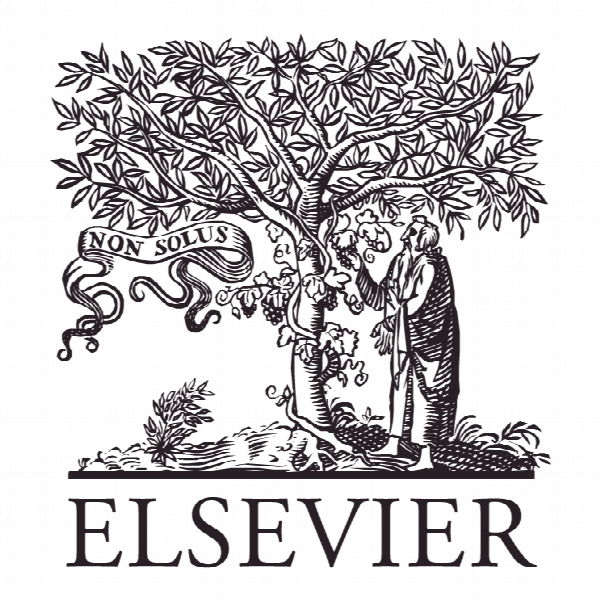روابط عمومی و دیپلماسی عمومی در برنامه های ارزشیابی فرهنگی و آموزشی: رویکرد هماهنگی در برنامه هامفری Public relations and public diplomacy in cultural and educational exchange programs: A coorientational approach to the Humphrey Program
- نوع فایل : کتاب
- زبان : انگلیسی
- ناشر : Elsevier
- چاپ و سال / کشور: 2017
توضیحات
رشته های مرتبط علوم ارتباطات اجتماعی
گرایش های مرتبط روابط عمومی
مجله بررسی روابط عمومی – Public Relations Review
دانشگاه دانشکده ارتباطات، آمریکایی، ایالات متحده
نشریه نشریه الزویر
گرایش های مرتبط روابط عمومی
مجله بررسی روابط عمومی – Public Relations Review
دانشگاه دانشکده ارتباطات، آمریکایی، ایالات متحده
نشریه نشریه الزویر
Description
1. Introduction According to a series of surveys of “The Global Attitude Project,” (Pew Research Center for the People and the Press, 2002, 2005), the U.S. national image has continuously eroded across the globe, from Western allies to Muslim countries. AntiAmericanism is not a recent issue; it has been one of the main concerns of international relations scholars and diplomats for nearly three decades (Wang, 2006a). After the Cold War, waning U.S. budgets for public diplomacy, dropping by one-third from 1993 to 2000, indicated a loss of interest (de Lima, 2007). However, since the terrorist attack on September 11, 2001, the U.S. government appears to be revisiting public diplomacy. For example, funding for the Fulbright Program, a major U.S. public diplomacy institution, increased from $215 million in 2001 to $386 million in 2010 (William Fulbright Scholarship Board, 2001, 2010). The U.S. government made efforts to engage the minds of Arab people and to shape a positive U.S. image. The advertising campaign “Shared Values Initiative” was run in the Middle East and Asia between October 2002 and January 2003, spending $15 million (Kendrick & Fullerton, 2004), and Radio Sawa and Television Alhurra were launched in 2002 at an expense of $35 million and $62 million, respectively, in 2004. The results of these attempts were deemed skeptical, even worsening the attitudes toward the United States, as the Arab public recognized the implicit intention of the U.S. government (el-Nawaway, 2006; Plaisance, 2005). As is often the case, communication does not necessarily lead to mutual understanding or intended outcomes, and thus, must be strategically planned and managed until its goal is attained. Strategic communication, defined as “the purposeful use of communication by an organization to fulfill its mission” (Hallahan, Holtzhausen, van Ruler, Verciˇ c, ˇ & Sriramesh, 2007), has the potential to help solve such problems, because strategically designed communication with foreign publics could help remove unnecessary misunderstanding, while fostering mutual understanding. A growing number of public relations scholars have attended to public diplomacy (Fitzpatrick, 2007), arguing for the need for long-term relationship-building with foreign citizens built upon the understanding of other cultural values (Kruckeberg, 1996; Vujnovic & Kruckeberg, 2005) and communicating with them on the individual level (DuttaBergman, 2006). However, there exists a lack of empirical research on this need; most studies have theoretically compared and contrasted two areas. At the same time, public diplomacy has been criticized for its lack of theoretical frameworks, perceived as relying on techniques to achieve its goals, rather than relying on academic research-based approaches.


